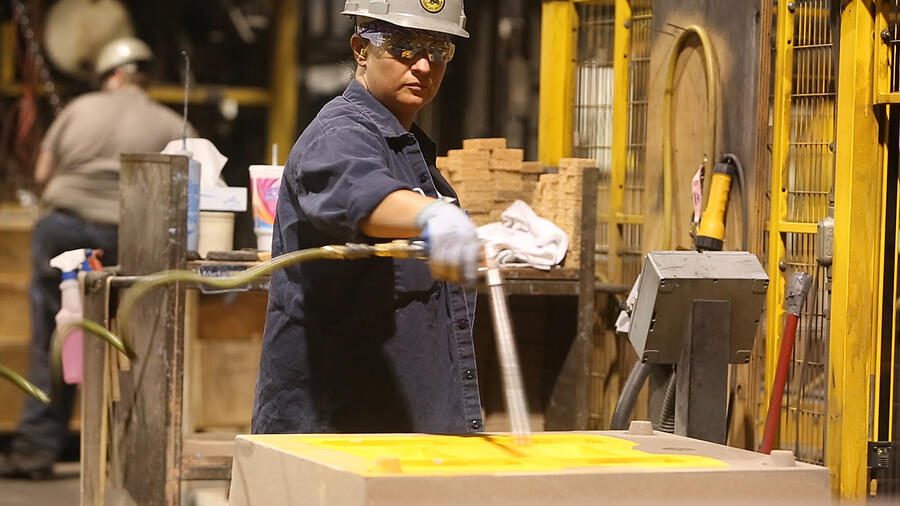Blog Metal Casting Processes Compared: When to consider a specific process
By: Dave Olsen
What are the different types of metal casting processes and which casting process should you use to manufacture your metal part? These are common questions when customers develop a new component or are considering making a switch to metal castings from a fabrication or forging.
Partnering with a supplier that brings a full range of metalworking processes lets you be confident that you are getting the best metalworking advice and not just being sold on an idea because it is the only answer a supplier has.
In this article, we will cover various casting processes you might select based on your product design and needs in a simple, bullet-point format.
NOTE: This article assumes you have a basic understanding of various casting methods. More specifically, sand casting, investment casting, and centrifugal casting.

To learn more about these metal casting processes, we encourage you to check out these insightful articles or contact us today for assistance in selecting the best casting method for your application.
Basics of Casting 101
What is Sand Casting and How Does It Work?
What is Investment Casting and How Does It Work?
What is Centrifugal Casting and How Does It Work?
Consider Using The Sand Casting Process When:
- External shaping exists
- Internal structures and passageways are used
- Size ranges from a few pounds to several thousand pounds
- As-cast surface finish of 250 – 500 RMS is acceptable
- Post-casting machining is acceptable to achieve desired surface finish
- Extremely tight tolerances are not required
- Frequent design changes are expected
- Lower tooling / pattern cost is desired (relative to Investment casting)
- Periodic cost of maintaining the tooling / pattern is acceptable
- Converting multi-piece component to a single casting
Consider Using the Investment Casting Process When:
- External shaping exists
- Parts are shaped or non-symmetrical with fine detail including internal structures
- Multiple and/or intricate internal passageways in design
- Dimensions are small to medium (typically under 1,000 lbs. / 454kg)
- Excellent as-cast surface finish is required
- Tight tolerances exist
- Wall thickness is too thin for a sand casting
- Higher up-front tooling costs are acceptable
- Machining of internal passageways is not possible
- Ongoing tool maintenance costs are not desired
- Volume is low enough that printed patterns is feasible versus upfront cost of hard tooling
- Converting multi-piece component to a single casting
Consider Using the Centrifugal Casting Process When:
- Part is symmetrical and can rotate on an axis
- Limited or no ID shaping
- OD shaping is desired as-cast versus extensive machining costs
- Uniform grain structure or directional solidification is beneficial
- Diameter can range dramatically (3 inches / 76mm to over 15 feet / 4572mm)
- Sand Casting (Static casting) material properties are inadequate
- Centerline shrink is an issue using other casting processes
- No or minimal tooling costs are desired
MetalTek International helps customers just like you solve problems every day. If you have questions or need to submit a request for a quote, please contact us and access 20+ metallurgists and 80+ engineers to get the information and advice you need to excel.



